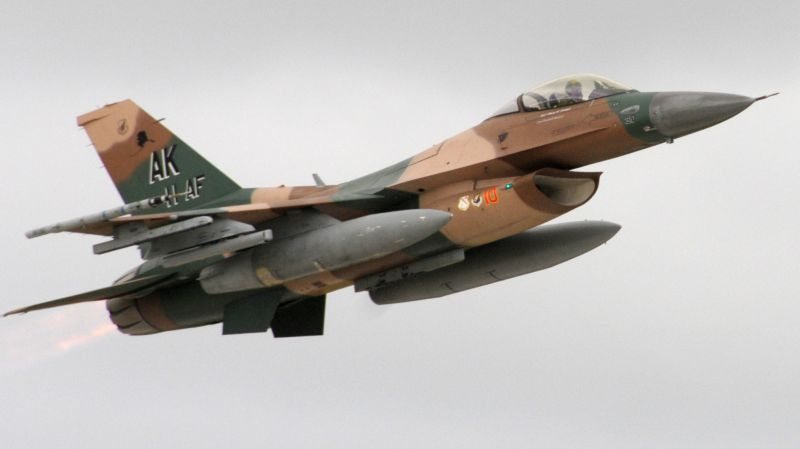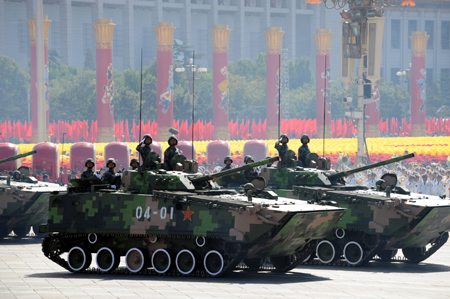Joint operations kicked off between the U.S. Air Force, the Japan Air Self Defense Force and the Royal Australian Air Force as the first day of exercise Cope North 2012 began here Feb. 13.
Whether it was the JASDF’s F-2s flying alongside the RAAF’s F-18s, or RAAF troops joining 36th Contingency Response Group Airmen in building a tent city, the three services worked together to ensure a successful start to the next two weeks.
Throughout the exercise, participating forces will demonstrate their ability to effectively deploy and train together. Participants will also have the opportunity to improve their ability to employ both tactical air power in the skies, and humanitarian and disaster relief efforts on the ground.
During the aerial portion, F-2s, F-15s, F-16s, F-18s and B-52s were among the first aircraft to take to the skies during morning operations on day one of training.
While sorties multiplied in the skies, troops on the ground began training for humanitarian and disaster relief efforts at Andersen’s Northwest Field. The RAAF worked with Andersen Airmen to conduct a heavy equipment drop and also combined forces to set up a tent city, where they will spend five days simulating possible conditions during real-world relief efforts.
The day’s events culminated in a field training exercise. The field training portion focused on coordination and evaluation between RAAF and U.S. Air Force personnel. Throughout the simulation, different roles are played out, such as security, emergency response, medical and evaluation.
“The reason why we are here is because we all need each other,” said U.S. Air Force Lt. Col. Joseph Mull, the 36th CRG deputy commander. “The camaraderie we have developed with the Australians is awesome.”
The exercise has also provided an opportunity to cultivate common bonds and foster goodwill between the multinational partners.
“We are part of the group providing security for the Cope North exercise with our Australian counterparts,” said U.S. Air Force Senior Airman Clint Seal, of the 736th Security Forces Squadron. “It’s pretty neat to work with a foreign military. Because we work in the same theater, we might cross each other’s path again.”
The U.S. military is always seeking opportunities to strengthen its relationship with other nations through activities such as subject matter expert exchanges, host nation visits, trilateral engagements, exercises and operations such as those experienced during Cope North, officials said.
“It’s good to work together and see what each nation brings to the actual mission, especially in this area where humanitarian assistance and disaster relief is very important,” said RAAF Wing Commander Lee de Winton, the 381st Expeditionary Combat Support Squadron commanding officer.
“It’s been great to meet our sister squadron,” de Winton continued. “All of this is built on relationships that will endure throughout what we do in this region.”










